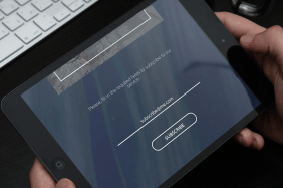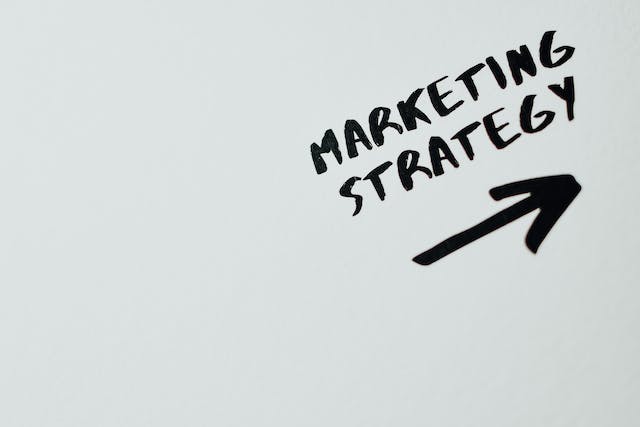Understanding Conventional Loans: A Comprehensive Guide
Navigating the landscape of home financing can be complex, with various loan options available to potential homeowners. Among these, conventional loans stand out as a popular choice due to their flexibility and wide acceptance. This guide aims to help you about understanding conventional loans, offering insights into their workings, benefits, and how they compare to other loan types, such as VA loans.
What Are Conventional Loans?
Conventional loans are mortgage loans not insured or guaranteed by government agencies, such as the Federal Housing Administration (FHA), the Department of Veterans Affairs (VA), or the USDA Rural Housing Service. They are offered through private lenders, including banks, credit unions, and mortgage companies. The terms and eligibility criteria for these loans are based on guidelines set by government-sponsored entities (GSEs) like Fannie Mae and Freddie Mac.
Types of Conventional Loans
Conventional loans come in various forms, catering to different needs:
- Fixed-Rate Mortgages: These loans have a fixed interest rate over the life of the loan, typically available in 15, 20, and 30-year terms.
- Adjustable-Rate Mortgages (ARMs): ARMs offer a fixed interest rate for a certain initial period, after which the rate adjusts periodically based on market conditions.
Key Features of Conventional Loans
Down Payment
One of the most attractive features of conventional loans is the flexibility in down payment requirements. While a 20% down payment is standard to avoid Private Mortgage Insurance (PMI), lenders may accept as little as 3% down from first-time homebuyers or those meeting specific criteria.
Credit Requirements
Conventional loans typically have stricter credit requirements compared to government-backed loans. Borrowers generally need a credit score of at least 620, although higher scores can result in better interest rates.
Loan Limits
Conventional loans are subject to loan limits set by the Federal Housing Finance Agency (FHFA). These limits can vary by location and are higher in areas with expensive housing markets.
Private Mortgage Insurance (PMI)
For down payments less than 20%, borrowers need to pay PMI, which protects the lender in case of default. PMI can be removed once the loan-to-value ratio reaches 78%.
Advantages of Conventional Loans
Versatility
Conventional loans can be used for a primary residence, second homes, or investment properties, offering flexibility for various financial goals.
Competitive Interest Rates
Borrowers with strong credit can secure competitive interest rates, potentially leading to lower monthly payments and less interest paid over the life of the loan.
No Upfront Government Fees
Unlike certain government-backed loans, conventional loans don’t require upfront funding fees, reducing initial costs for the borrower.
Understanding VA Loans: A Contrast
While exploring conventional loans, it’s helpful to understand their alternatives, such as VA loans. VA loans are government-backed mortgages available to veterans, active-duty service members, and some surviving spouses. In understanding VA loans, they offer significant benefits, including no down payment, no PMI, and flexible credit requirements. However, they’re specifically tailored to the needs of the military community and come with an upfront funding fee unless the borrower is exempt due to disability or other criteria.
Frequently Asked Questions about Conventional Loans
1. What is the minimum down payment for a conventional loan?
The minimum down payment for a conventional loan typically starts at 3% for first-time homebuyers or certain loan programs aimed at low to moderate-income borrowers. However, a standard down payment is often considered to be 20% of the home’s purchase price. Putting down 20% or more can help borrowers avoid the additional cost of Private Mortgage Insurance (PMI). It’s important to note that the specific down payment requirement can vary based on the lender, the borrower’s credit history, income, and the loan terms.
2. How does my credit score affect my conventional loan options?
Your credit score is a critical factor in determining your eligibility for a conventional loan, as well as the interest rate you might qualify for. Generally, a minimum credit score of 620 is required by most lenders for a conventional mortgage. However, borrowers with higher credit scores, typically 740 and above, are likely to receive more favorable interest rates and loan terms. Lenders consider borrowers with higher credit scores to be less risky, which is why they offer better terms to these applicants.
3. Can I get a conventional loan with a previous bankruptcy or foreclosure?
Yes, it is possible to qualify for a conventional loan with a history of bankruptcy or foreclosure, but it comes with certain waiting periods and conditions. After a Chapter 7 bankruptcy, borrowers usually need to wait at least four years from the date of discharge before applying for a conventional loan. For a foreclosure, the waiting period is typically seven years. However, these waiting periods can be shorter under certain circumstances, such as demonstrating extenuating circumstances that led to the financial hardship.
4. What are the loan limits for conventional loans?
Conventional loan limits are set by the Federal Housing Finance Agency (FHFA) and can vary depending on the cost of living in a particular area. For most of the United States, the 2023 conforming loan limit for a single-family home is $726,200. In high-cost areas, the limit can be as high as 150% of that base limit, which is $1,089,300 for 2023. Loans that exceed these limits are considered jumbo loans and come with different underwriting standards.
5. Do conventional loans require Private Mortgage Insurance (PMI)?
Yes, conventional loans typically require borrowers to pay Private Mortgage Insurance (PMI) if they make a down payment of less than 20% of the home’s purchase price. PMI protects the lender in case the borrower defaults on the loan. The cost of PMI can vary based on the down payment amount and credit score but is usually between 0.3% and 1.5% of the original loan amount per year. The good news is that PMI can be removed once the borrower has paid down the mortgage to reach 78% loan-to-value (LTV) based on the original appraised value or purchase price of the home, whichever is lower.
Conclusion
Understanding conventional loans is crucial for potential homebuyers weighing their mortgage options. With their flexibility, potential for competitive rates, and wide applicability, conventional loans offer a compelling choice for many. However, it’s essential to consider all available options, including VA loans for those eligible, to find the best fit for your financial situation and homeownership goals. Consulting with a financial advisor or mortgage professional can provide personalized advice tailored to your unique circumstances.







One Comment
Comments are closed.